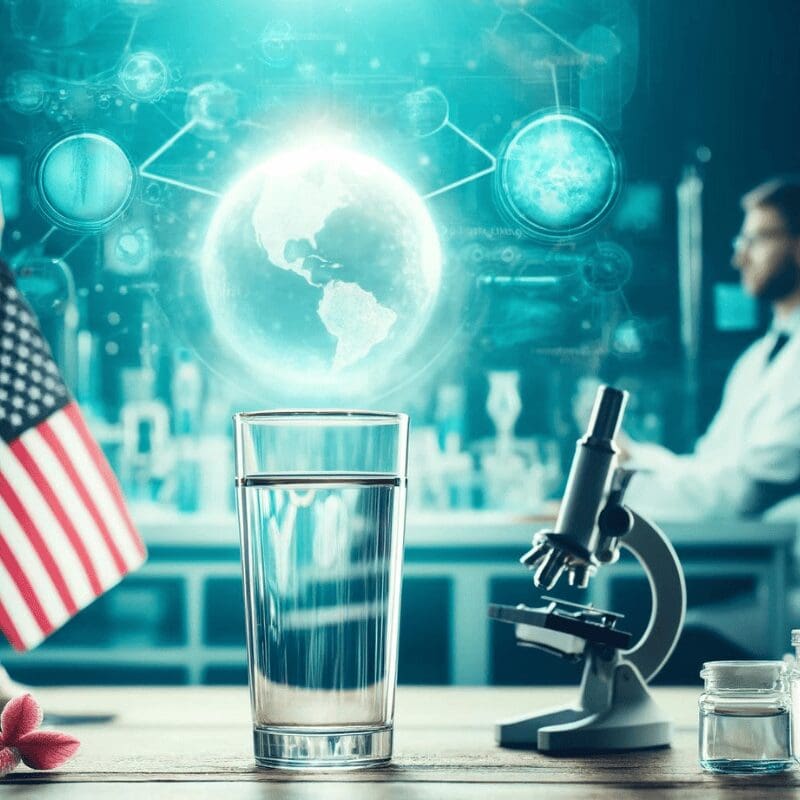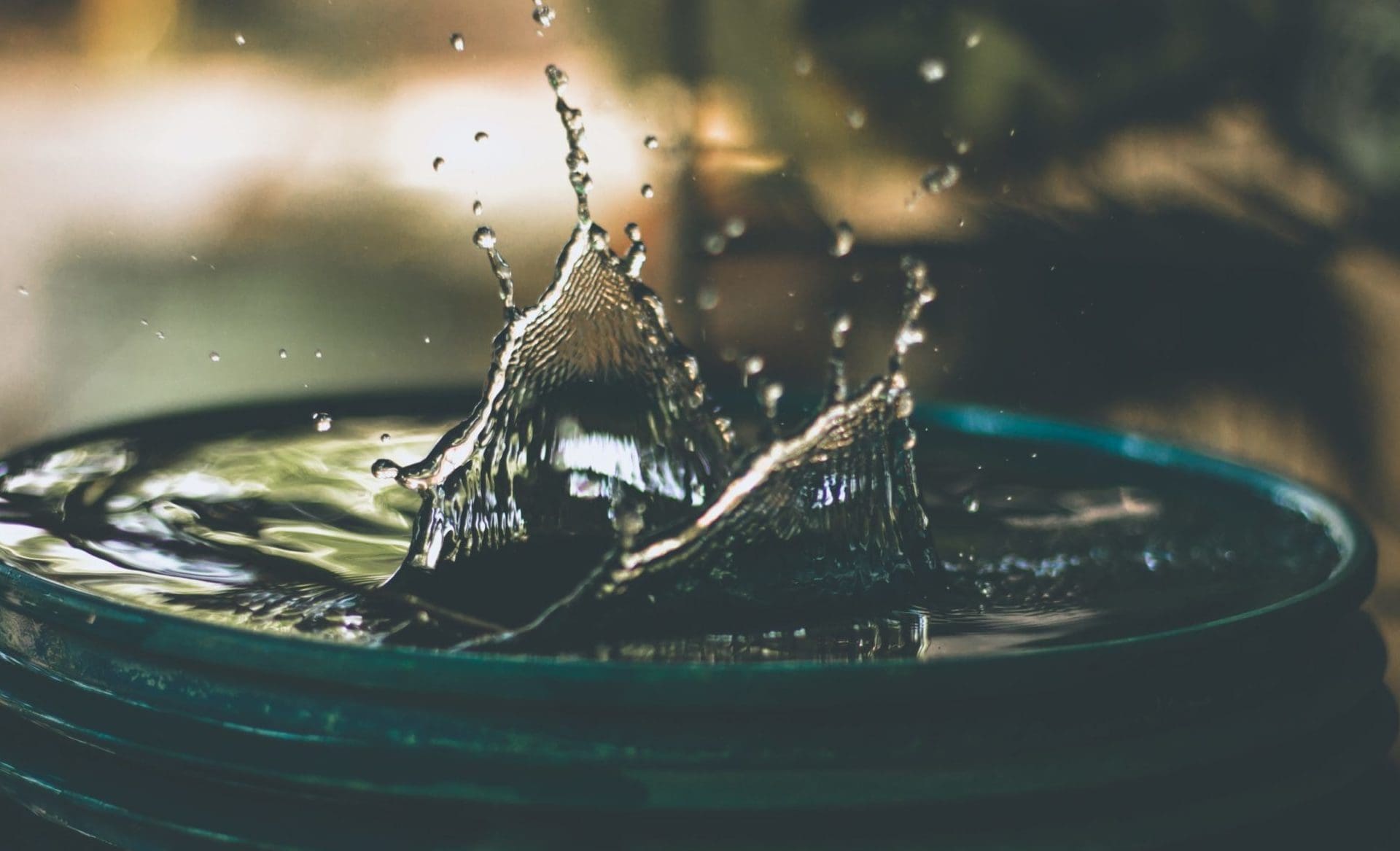Who Regulates US Drinking Water and How Do They Do It?

When it comes to ensuring the water we drink is safe, certain higher powers oversee the entire process. That said, you’ve probably never considered where your drinking water comes from or how it is regulated. Who is responsible for ensuring that the water you drink daily is safe? While the clearest answer to this would be yourself, several local, state, and federal entities oversee the process.
Today, Office H2O will talk about who regulates US drinking water and how they do it. From setting limits to enforcing regulations, this article will guide you through the water regulation process in the United States. Understanding how your water is regulated ensures you always have the cleanest, purest drinking water in your home. Let’s get started!
The Safe Drinking Water Act (SDWA)
The Safe Drinking Water Act is responsible for giving the federal government oversight over how public water systems distribute water to the homes of their customers. Passed in 1974 by Congress, this act was put into place during a time where there was an accumulation of evidence of cancer and other health effects being caused by industrial chemicals that had found its way into the drinking water of the public. Thanks to this act, the Environmental Protection Agency (EPA) was given the authority to set national standards for contaminants found in drinking water.
Since the Safe Drinking Water Act was enacted, the Environmental Protection Agency has developed standards for a total of 90 contaminants, ranging from copper and lead to nitrate and arsenic. The Safe Drinking Water Act gave the EPA even more authority over drinking water regulations in 1996 when amendments were made to revise the process for developing drinking water standards. With these amendments, greater regulations over the levels of specific contaminants in drinking water were enforced. Today, after policymakers and public health officials alike have argued that the act is failing to protect public health as it should, there has been a call for further revisions to be made.
How Are Limits Set on Contaminants in Drinking Water?
In this section, we’ll talk more about how limits are set on the contaminants found in drinking water according to the Safe Drinking Water Act. It should be noted that the process for setting standards on the levels of contaminants found in drinking water, overseen by the EPA, was not designed to be a quick process. A series of steps must be taken in this process to ensure that drinking water is safe for the public.

How to Identify Whether a National Standard is Required on US Drinking Water
The first step in this process involves identifying a list of several dozen unregulated microbial and chemical contaminants that can harm human health. At this point, water utilities (in charge of water quality monitoring) test their water after it has been treated to see if these chemicals and microbial contaminants appear in the water. The identification and testing process is completed on a five-year cycle. Once the EPA examines these results, it determines whether further regulation is required. Three main factors influence the EPA’s decision over these matters:
- Is the contaminant found in the water harmful?
- Is the contaminant found at high levels?
- Will further regulation meaningfully reduce these health risks?
If each of these questions is answered with a “yes”, a national standard is required. This process can take a decade or more to complete. In most cases, the answer to each of these questions is “no.” Since the time that the amendments were passed in 1996, the EPA has not been responsible for adding any new contaminants to its list through this process. That being said, rules have been strengthened for arsenic, chemical byproducts of drinking water disinfection, and microbes thanks to the amendments.
Making the Necessary Calculations
So, once a need is identified for a national standard, how is one set? This process introduces a need for more calculations. For one, specific health risks need to be considered. Secondly, the cost of treatment to remove the contaminant from the water needs to be calculated. Finally, whether or not this treatment technology is readily available has to be questioned.
Setting a Maximum Contaminant Level Goal (MCLG)
Once these considerations are made, the EPA will establish what is referred to as a maximum contaminant level goal (MCLG). This is the level at which no one is expected to become ill from the levels of the contaminant found in the water over the course of a lifetime. A national standard is then set as close to this established goal as possible once treatment costs are taken into account. At this time, the EPA also has a total of 15 “secondary” standards that also relate to how the water in our country tastes and smells. These, unless mandated by the state, are not requirements for water utility companies to abide by.
Meeting the National Standard
As the final step in the process, once a national standard is set, 50,000 community water systems in the nation must test for the contaminant highlighted by the standard. In the event that a regulated substance is found in the water, system operators are then required to treat the water so that these concentrations fall below the standard set by the EPA. That’s the entire process of how US drinking water is regulated in the United States!

Always Enjoy Clean Drinking Water with Office H2O!
Now that you know who regulates US drinking water and how they do it, you’re more informed about the process of distributing water to your home! If the cleanliness and purity of your home’s drinking water is a major concern, you need an Office H2O bottleless water and ice cooler system! Our water purification speciality systems are perfect for any home or office and include a 9-step filtration process that filters your water for maximum freshness and cleanliness. Never worry about your drinking water again!
Office H2O’s bottleless water systems also feature a handy touch-free foot pedal that allows you to enjoy easy access to your drinking water without using your hands. Not only is this extremely convenient, but it also minimizes the chance of contracting germs when getting something to drink! This makes our bottleless water systems perfect, especially for an office space where many people use the same water system. Send us a message or call (866) 621-6910 to Pick out your own Office H2O bottleless water system today!
First Image by freepik
Second Photo by Amritanshu Sikdar on Unsplash
